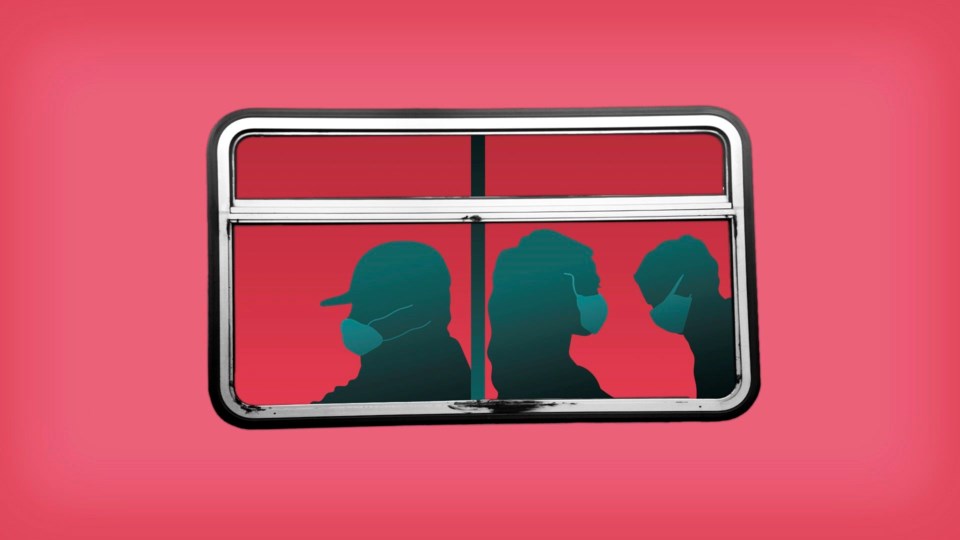Is it safe to ride public transit during the coronavirus pandemic?
It depends on a variety of factors, but there are ways to minimize risk.
The main way that the virus spreads is through droplets people spray when they talk, cough or sneeze. That means the best way to reduce the spread of infection on public transit and elsewhere is to wear and mask and stay 6 feet from others, experts say.
Transit systems around the world are requiring riders to wear masks and encouraging people to socially distance. Compliance could vary, especially as ridership levels start rebounding and trains and buses get more crowded. But there are other steps you can take to make trips less risky.
The U.S. Centers for Disease Control and Prevention suggests
Surfaces are also believed to pose a risk, though to a lesser degree, and transit systems are employing a variety of cleaning techniques. Moscow and Shanghai have experimented with germ-killing ultraviolet light and Hong Kong has deployed a robot that sprays hydrogen peroxide. In New York, subways are shut down overnight overnight for cleaning.
Even so, the CDC says to avoid touching surfaces such as turnstiles and handrails if you can.
Though much remains unknown about the virus and how it spreads, experts note there have not yet been any major outbreaks linked to transit systems.
___
The AP is answering your questions about the coronavirus in this series. Submit them at: [email protected].
More Viral Questions: How risky is flying during the coronavirus pandemic?
Can the coronavirus spread through the air?
How risky is dining out during the COVID-19 pandemic?
The Associated Press



